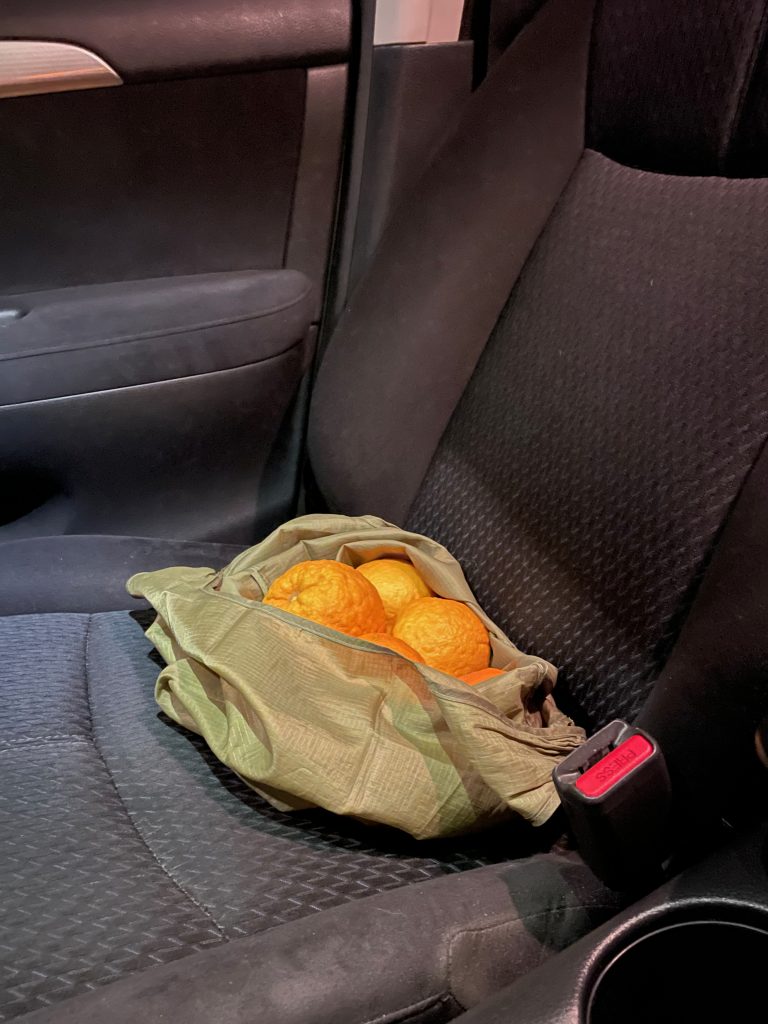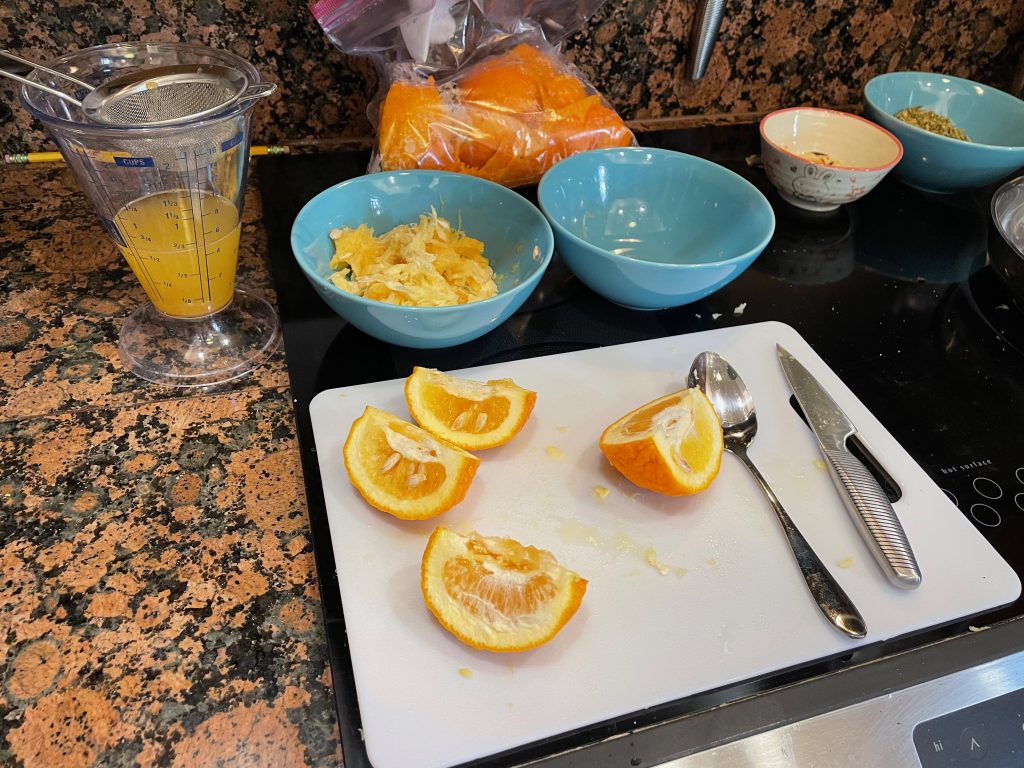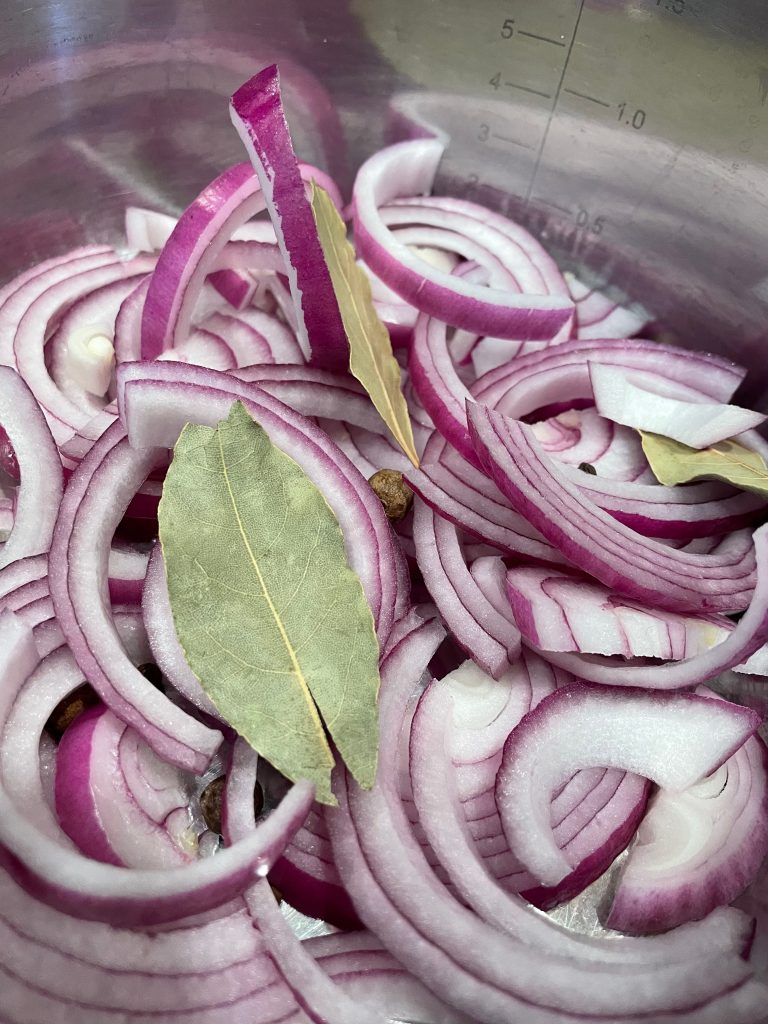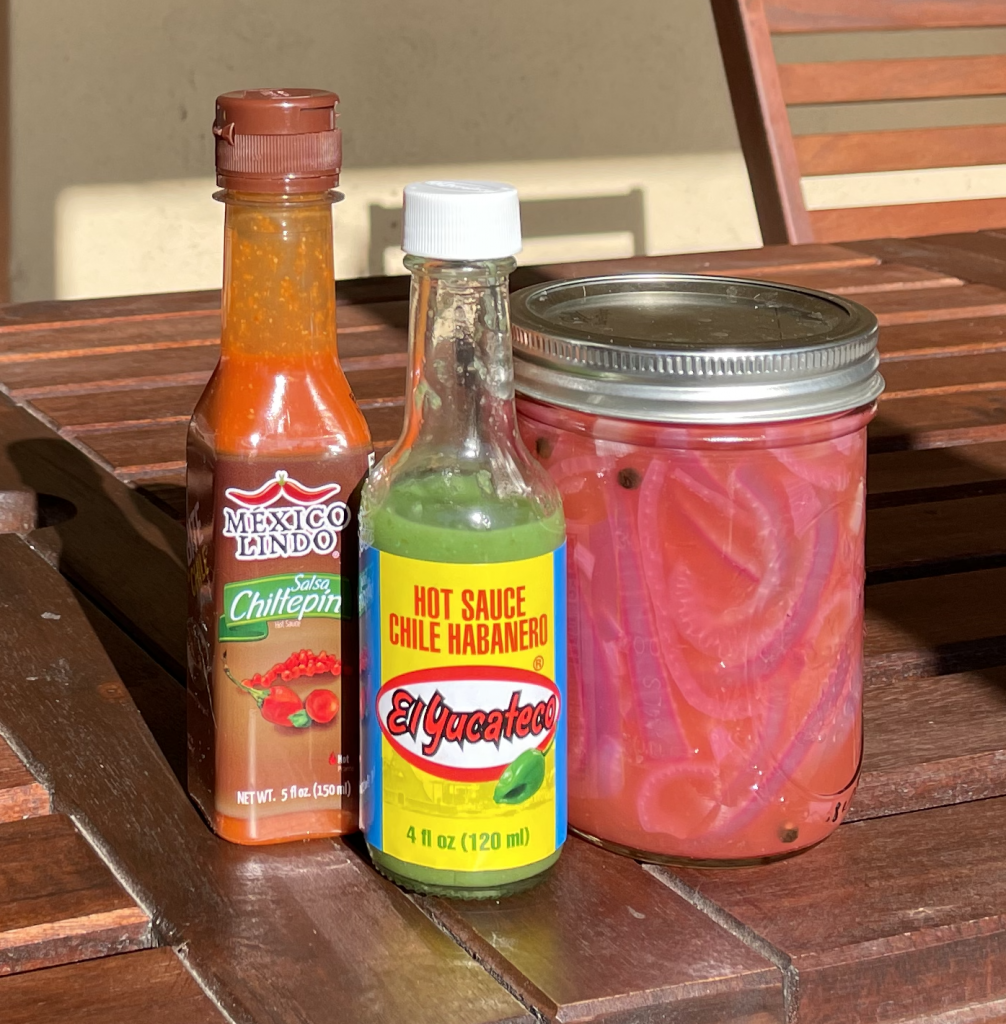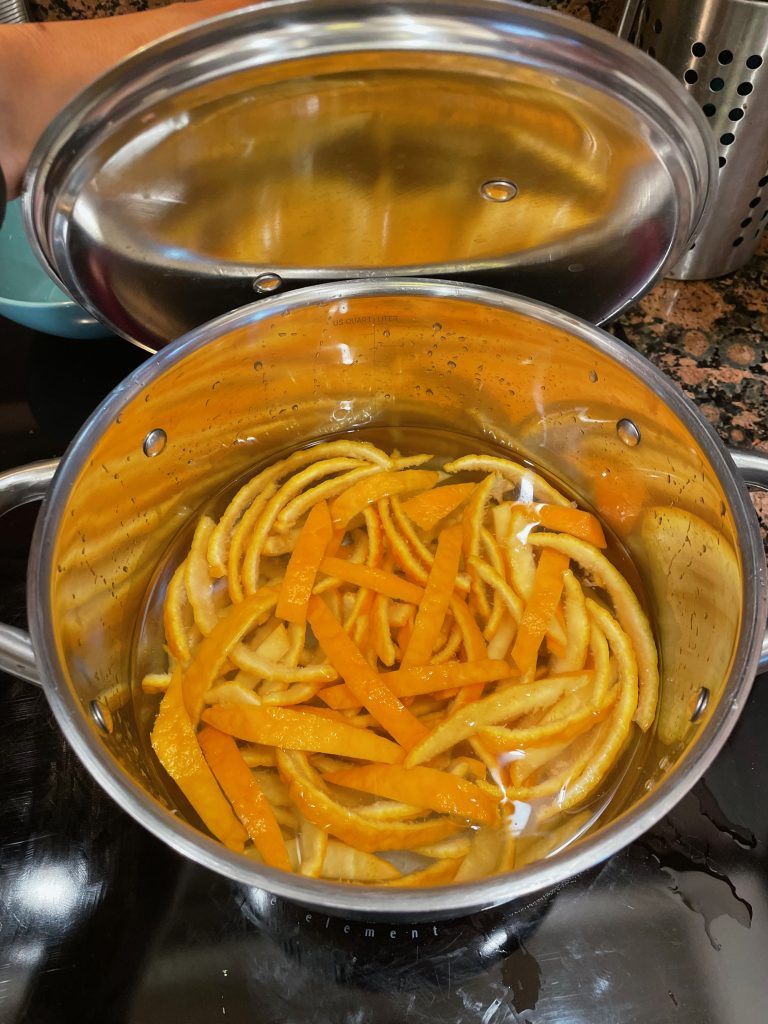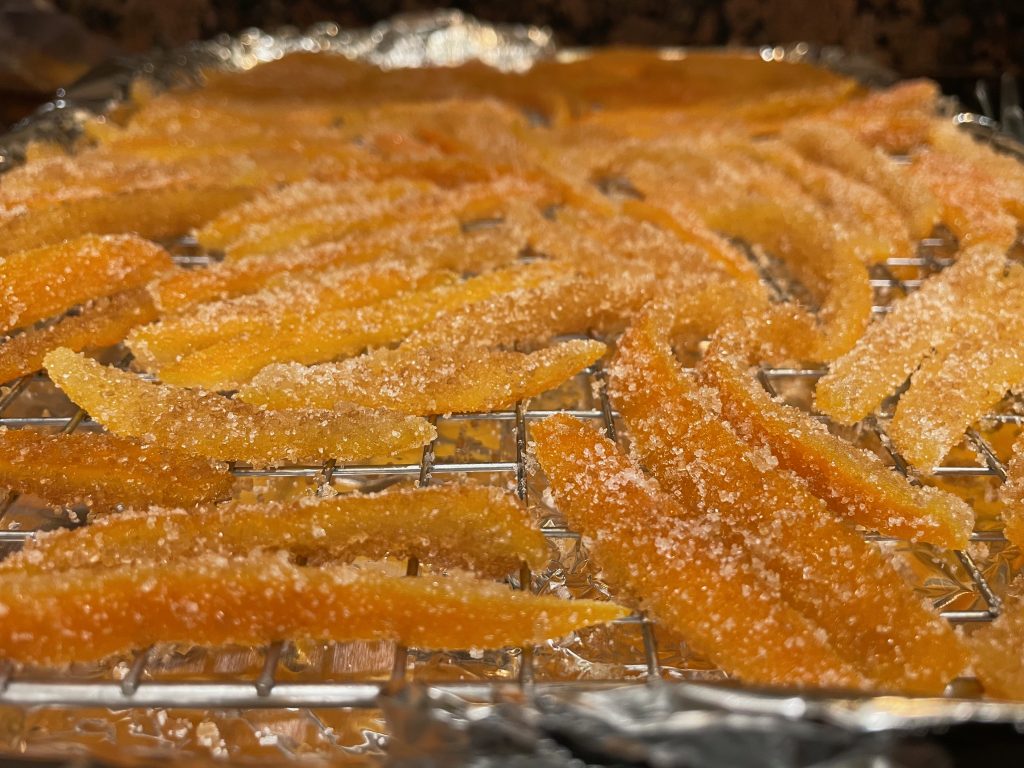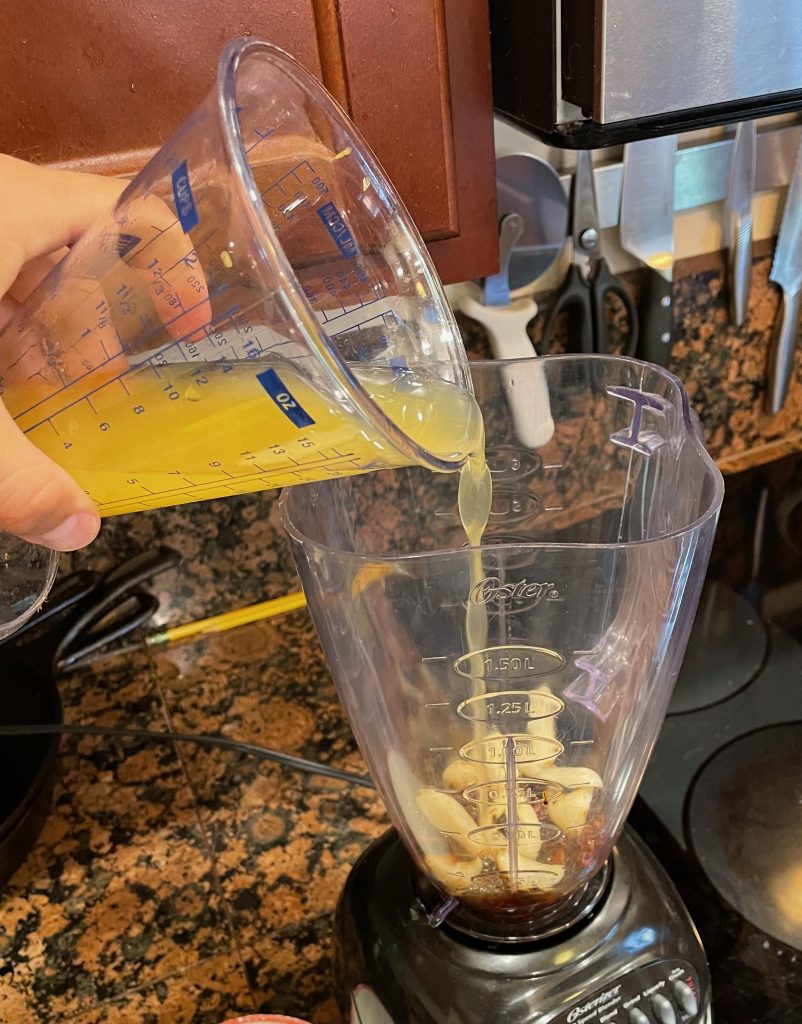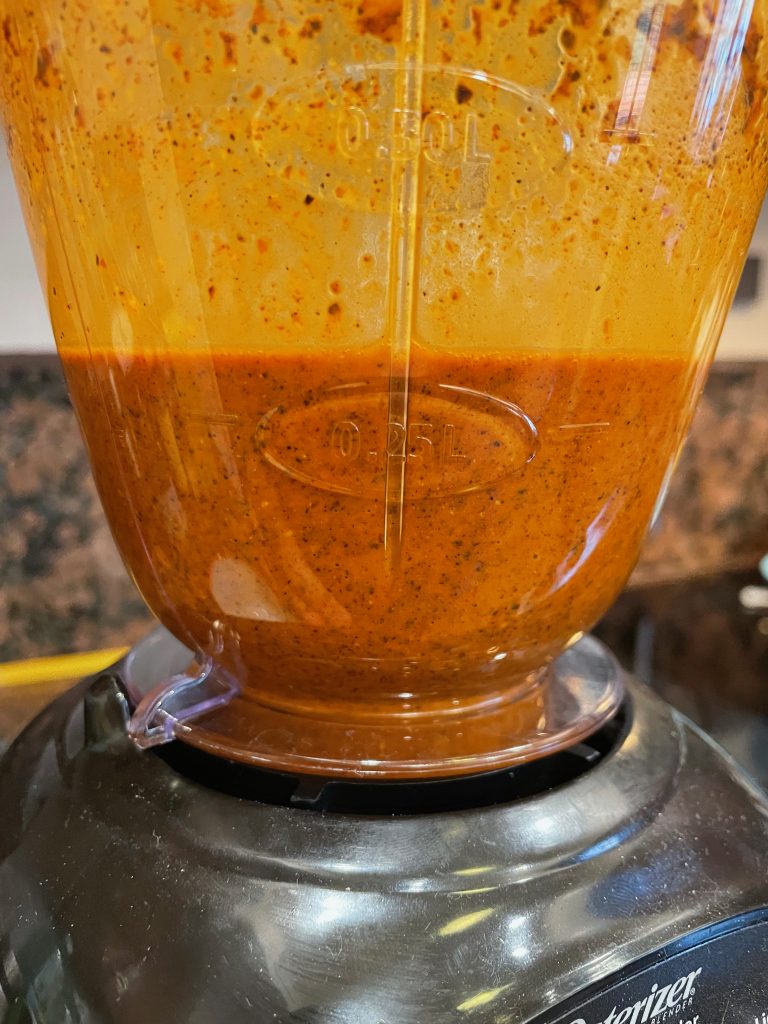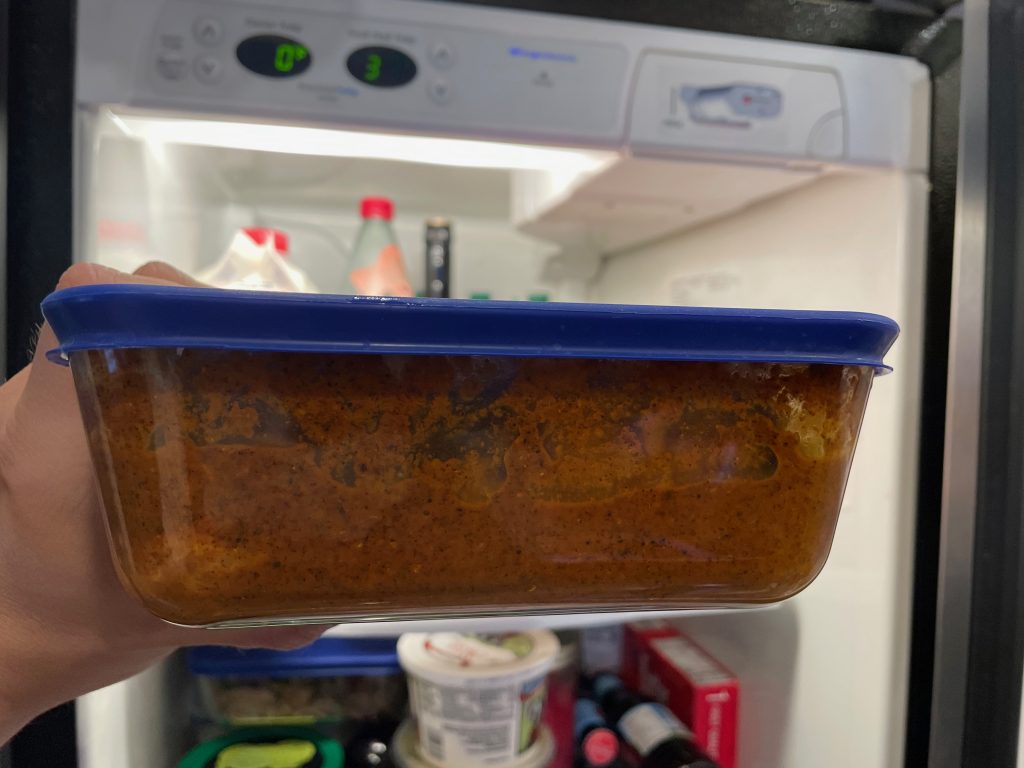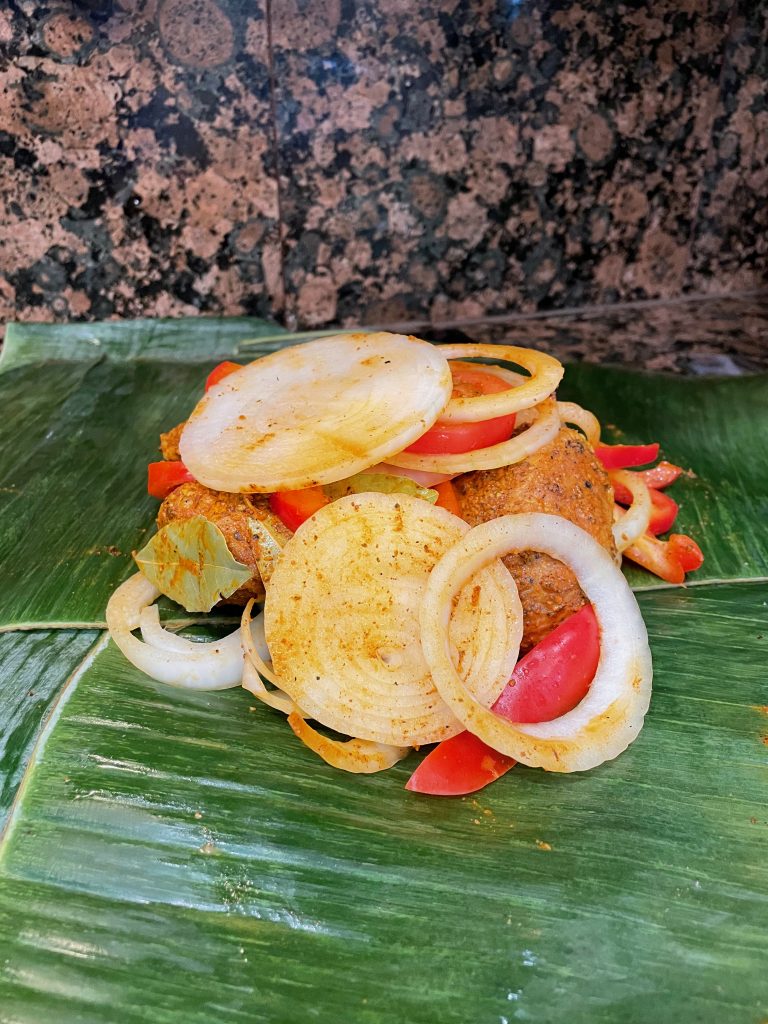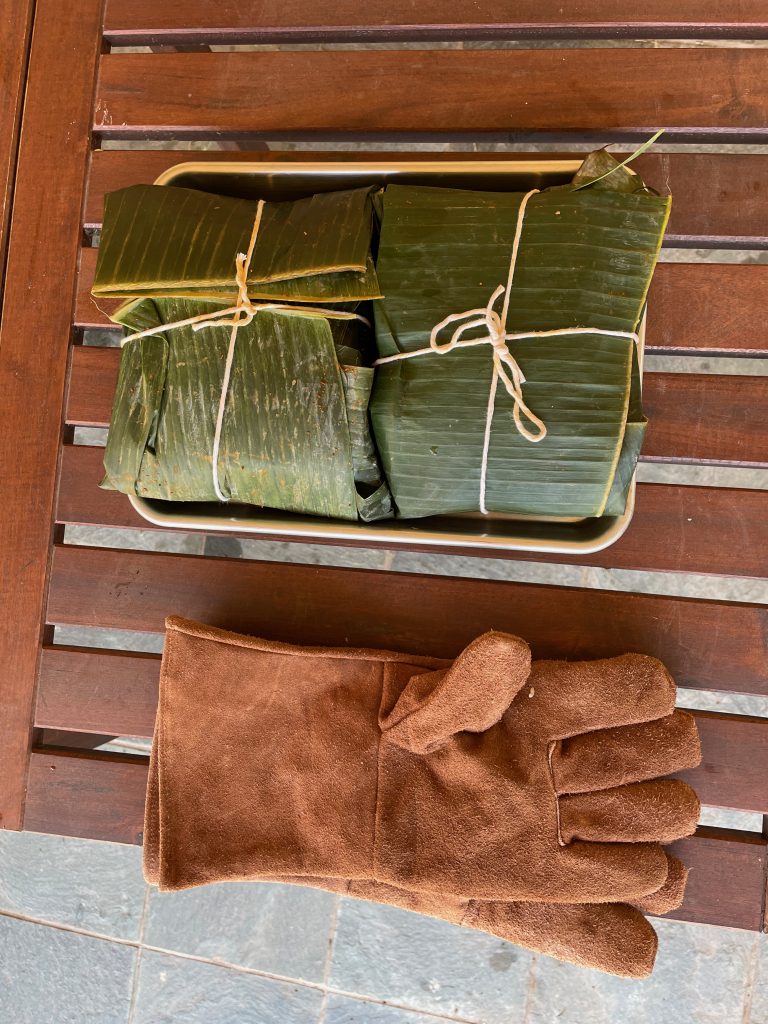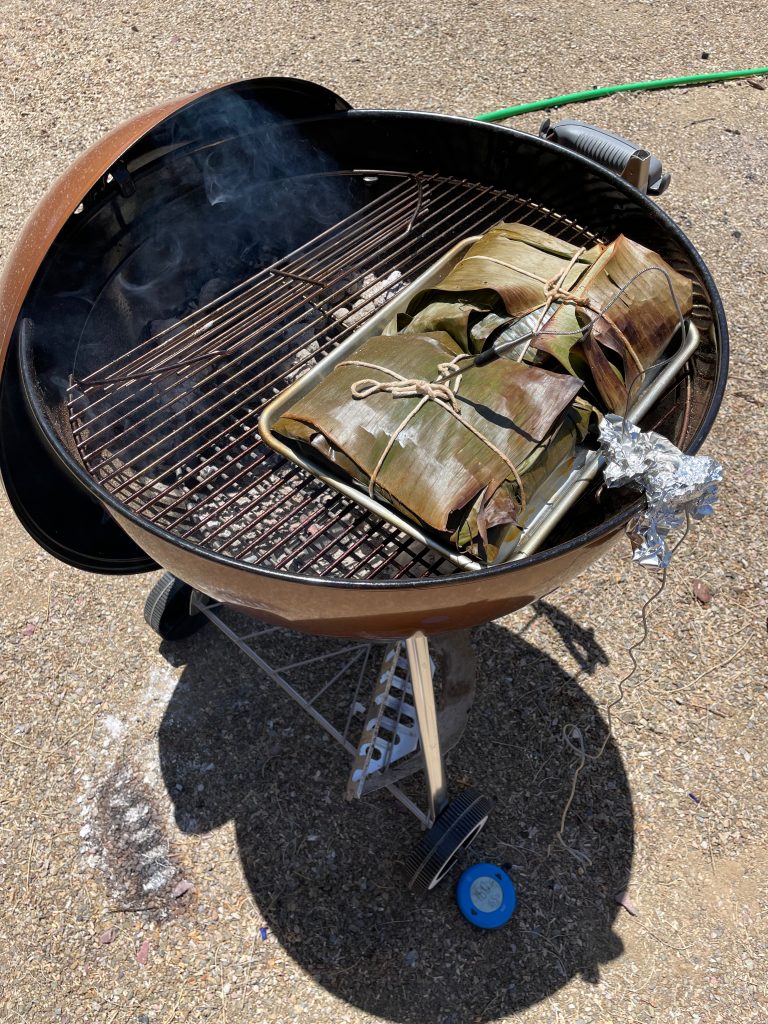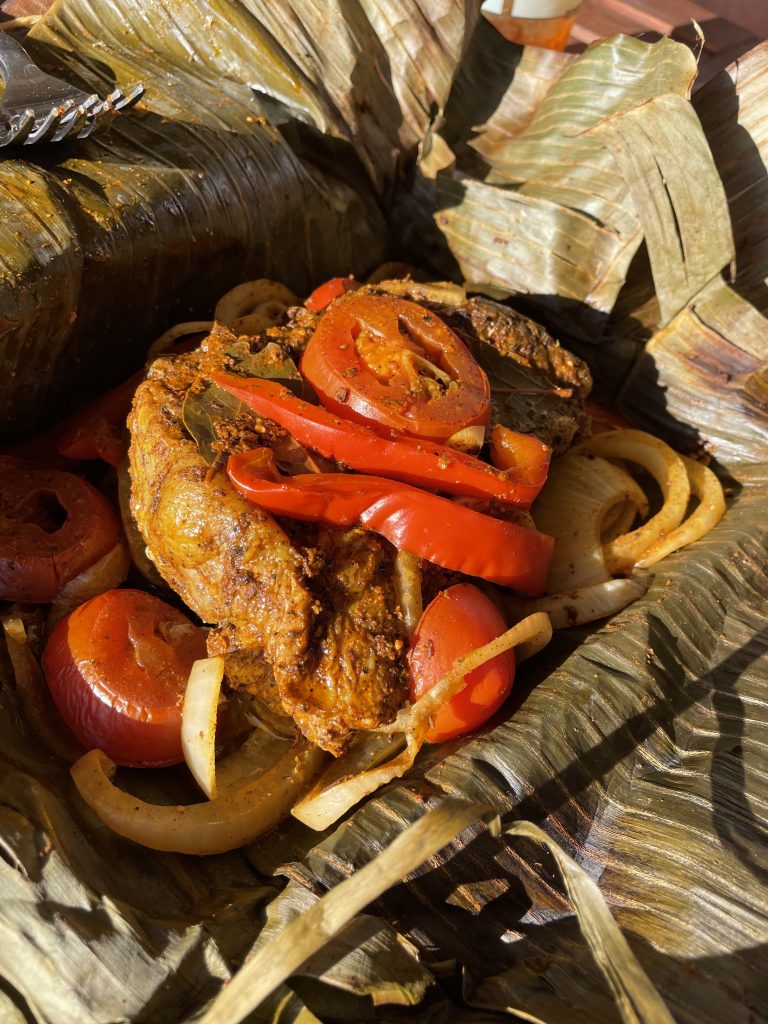Shortly after I began my Ph.D. studies at Steward Observatory, I noticed that the historic dome building (where they gave me my first homely office) was ringed by orange trees.

“Don’t try eating them,” I was told. “They taste terrible! They’re not edible; they’re only, what’s the word, decorative? Ornamental?”
In this post, I will seek to rehabilitate the reputation of the much maligned Steward orange.
I have been undertaking progressively more intricate cooking projects over the course of the last covid, and after SeriousEats featured a recipe for cochinita pibil on its homepage I knew I had to try. Cochinita pibil is a pork dish from the Yucatán region of México, best known to Americans as “where Cancun is.” The Seville oranges used in it are known for being sour, bitter, and generally unpalatable on their own, but impart a distinctive flavor to the dish. I tried finding them at local Mexican grocery stores, but struck out.
But… aren’t the Steward oranges sour, bitter, and generally unpalatable? Could they be the oranges I’m looking for? Fortunately the campus arboretum has cataloged every notable plant on campus, and I had only to ask:
Armed with this information, I went to harvest some ingredients. However, a problem arose.
Undaunted, I returned under cover of darkness with an improvised professional harvesting tool.
The first thing I made with my sour oranges was some quick-pickled onions (another SeriousEats recipe). They were delicious. No food coloring required!
Of course, juicing a bunch of oranges means you have a bunch of orange rinds left over. The Seville orange’s peel is full of flavor compounds, with writers sometimes calling it the “orangiest” orange. I couldn’t let that go to waste! Seville oranges are prized in the UK for use in marmalade, but, quite frankly, I don’t eat much marmalade. So I made candy instead.
That’s already two ways to eat the Steward oranges, and we haven’t even gotten to the main event yet. In cochinita pibil, the bitter (or sour, or Seville) orange juice is used in the marinade alongside a laundry list of spices—but no hot chilies. The flavor of the final dish is a bit smoky and earthy, and fairly orange in color (thanks to achiote), but you’ll have to apply hot salsa to taste.
After a tedious overnight wait, it was time to parcel up the meat and veg. Though I’m not digging the traditional pit, I can still use banana leaves. Fortunately, Tucson’s excellent international supermarket had them in stock.
Trussed up and placed on a tray, it was time to grill. Or, I guess, smoke. (The grad-student budget version of a smoker is a grill plus a lot of babysitting.)
Success! Some corn tortillas and pickled onions were produced, and tacos were had by all. A poll of the individuals present for this pork fest indicated broad approval for this cochinita pibil recipe. More importantly, there were no leftovers.
Not bad for a sour, bitter orange!
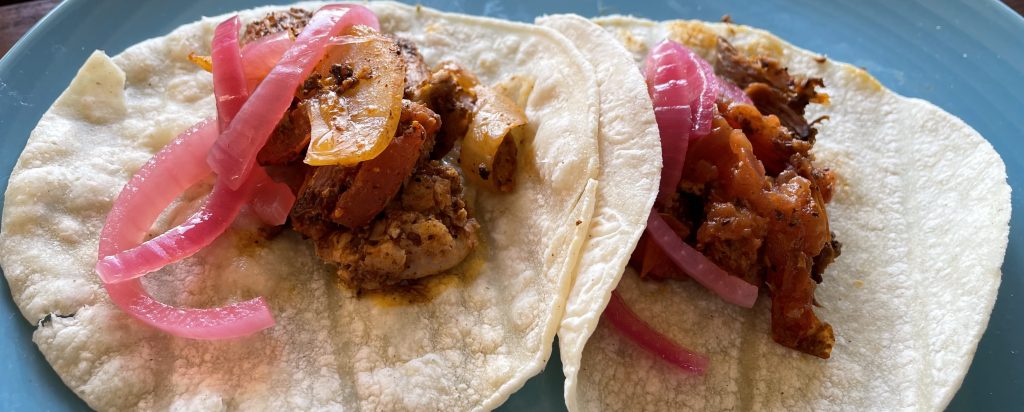
Song of the day
In honor of our first 100ºF day of 2021…


